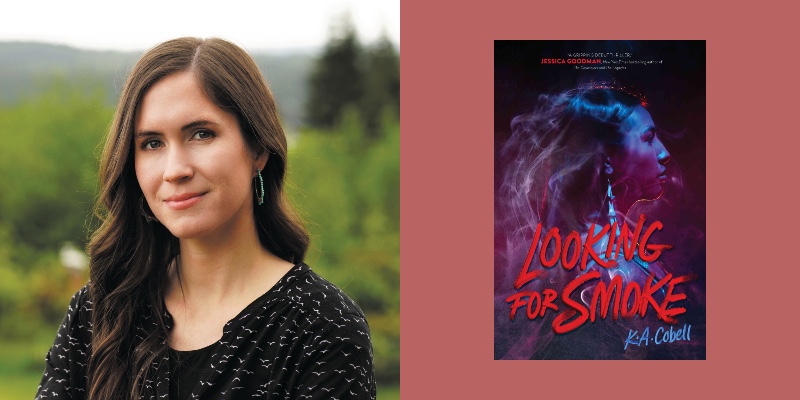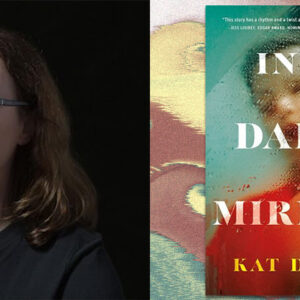When I think of the thrillers that have stuck with me the most over the years, they are always the books that align closest with reality. They’re the stories with events that could be taken straight out of a newspaper or police report. Something about exploring those realistic fears strikes an intense chord and forces readers to relate to the characters in an intimate way.
We think… This could happen to someone I know.
Or, worse, this could happen to me.
These relatable fears change the way I read a story. I feel much more deeply for the characters, and the stakes weigh even heavier as I picture myself in these very scenarios. For a time, the characters’ fears become my fears. I become just as desperate as they are to find the culprit or get out alive. I can’t put the book down until I know they’re okay. As a thriller author, it’s always the ultimate goal to craft a story like this. I want my readers to fall straight into the story, frantically flipping pages as the characters are fighting their way through the plot.
When the idea for Looking for Smoke started to form, however, I worried this story would align with a tragic reality too closely. I knew that this fictional story of a Blackfeet girl being murdered and four of her classmates fighting to get justice for her would bring in the very real issue of Missing and Murdered Indigenous Women (#MMIW, #MMIWG, #MMIWG2S.). This is a serious issue that plagues both the US and Canada, in which Native women are the victims of violent crime far more often than any other group.
84 percent of Native women have experienced violence and 56 percent have experienced sexual violence. The murder rate for Native women is three times more than that of white women, and in some locations, the rate is ten times the national average. In Montana, which is the home of the Blackfeet Nation and several other tribes, Natives are four times more likely to go missing.
I wasn’t sure how I could create the gritty, propulsive thriller I always aim to while also sensitively weaving in an epidemic that is currently plaguing my tribal nation and hundreds of other tribes in the US, but I knew I needed to try. Why? Because these numbers are devastating, and too many people in the US still haven’t heard of the MMIW epidemic—and those of us who do know of it are left wondering: Why aren’t more people talking about it?
This is an issue that deserves more attention in popular media, and I wanted to write a story that would bring it further into the light. I knew I’d need to write with care and compassion, never taking away from the real cases and never sensationalizing the pain real families and communities are experiencing. At the same time, I needed to show the deep emotional reality. It felt like I’d be walking a tightrope, but as I wrote, I found my footing through my characters.
I wrote Looking for Smoke in four alternating points of view, creating four main characters who are each affected by the crisis in a different way, and who are each grappling with the pain in the best way they know how.
Loren is stuck in the throes of angry grief, wondering if her missing sister will ever be found.
Brody is fighting against change and trying to pick up the pieces after the disappearance splintered apart his friend group.
Eli is desperate to protect his little sister from it all, no matter what it takes.
And Mara feels like an outsider, trying to find her place amid all this loss and struggling with the reality that she could easily become another victim who never gets justice.
As I sat with these characters and imagined their journeys, I realized that while the cases in Looking for Smoke are fictional, that doesn’t take away from the real emotions at the root of them. Native women have been hurt. Stolen. Our voices have gone unheard. The best way for readers to see that, and to feel the weight of the MMIW issue, is to be put into the shoes of those who are fighting against it, so I built each of these characters from a real place.
I put my own feelings into them, pulling from experiences where I’ve felt loss, betrayal, and loving hands holding me up. I drew inspiration from my own family and the lengths we’d go to support each other. I put in the collective anger, sadness, and desperation from our Native communities fighting for our stolen sisters, but I also put in the hope, strength, and resilience I’ve seen from these communities my whole life.
The characters’ outrage, grief, and determination against all odds are not fictional, and that is the true secret to crafting an emotionally immediate thriller, especially one that intertwines with real-world issues and traumas.
I wrote each character as a window into the plague of MMIW, and I hope my readers empathize with them. I hope they bring the awareness I set out to raise. I hope they shine the light and inspire others to learn more about the issue and find ways to help the cause.
I hope that, because of these characters, Looking for Smoke becomes a thriller that sticks with readers long after they’ve read the final page.
***


















